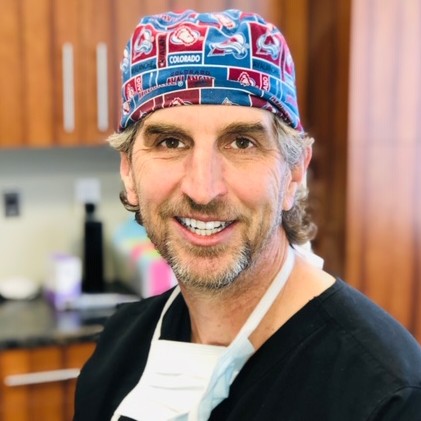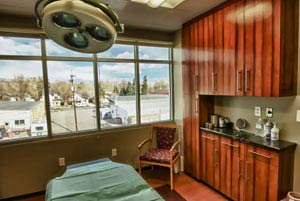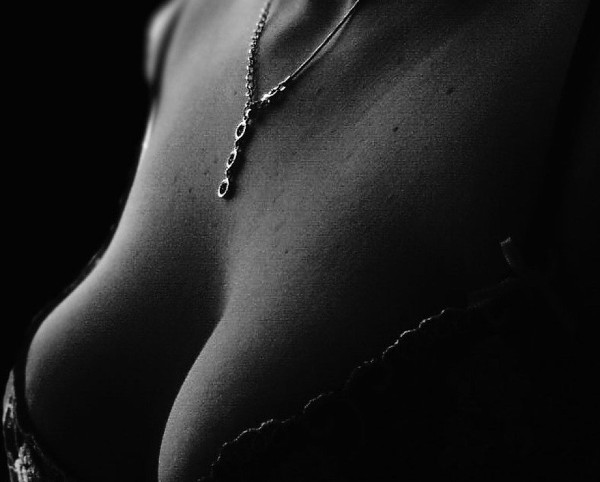Facial Procedures Denver
Facelift
Over time, visible signs of aging can become more prominent in the face. Gravity, sun exposure, and the overall stresses of daily life can take a toll on your youthful appearance. Deep creases can form around the mouth and nose, the jawline slackens, and folds and fat deposits appear on the neck. All of these signs of aging can make a person look and feel older than he or she actually is. In some cases, a facelift might be performed in conjunction with a brow lift or blepharoplasty in order to deliver the best results for the patient.
A facelift is designed to correct common signs of aging by tightening the underlying muscles in the face and removing any excess skin and tissue that affects the contour of the face. Patients often appear and feel 10 to 15 years younger following a facelift procedure.
Brow Lift
As a key component of your facial features, a drooping or lined forehead can often communicate the wrong expression as these signs of aging begin to appear. Drooping or lined foreheads can cause an angry, sad, or tired expression to be permanently visible on the face. A brow lift is designed to minimize the lines and creases that develop across the forehead and also occur high on the bridge of the nose.
Depending on the amount of correction necessary, a less invasive endoscopic method is available in some cases. A brow lift repositions, alters, and removes underlying muscle and tissue to correct the source of visible creases and furrows in the forehead. The eyebrows are often lifted to a more youthful position, and they are held in place by sutures. A brow lift helps to minimize unwanted lines and wrinkles, giving patients a more youthful and refreshed appearance.
Rhinoplasty
Rhinoplasty, or nose surgery, improves the overall proportion of the face and enhances facial harmony and self-confidence. Nose surgery can also be done to correct structural abnormalities that may impair breathing (septorhinoplasty). Rhinoplasty can change the nose size, width, profile, as well as the appearance of the tip and nostrils to create a more proportioned and desired appearance.
Rhinoplasty is one of the most technically demanding procedures in plastic surgery. A thorough consultation and examination will help to determine the amount of correction needed to produce the desired results. Results from rhinoplasty are permanent, although cartilage and tissue may shift slightly over time and may change the overall outcome.
Blepharoplasty
Blepharoplasty can rejuvenate puffy, sagging, or tired-looking eyes by removing excess fat, skin, and muscle from the upper and lower eyelids. While patients commonly choose this procedure for aesthetic purposes, drooping eyelids can cause vision impairment in more severe cases. In these instances, blepharoplasty (eyelid surgery) can improve vision impairment caused by excess fat and tissue weighing the eyelid down.
Often combined with a facelift or Botox®, eyelid surgery helps restore a more youthful, less tired, and more alert appearance to the face. Eyelid surgery carefully removes excess fatty deposits and tissue through inconspicuous incisions made in the natural folds of the eyelid. In some cases, excess skin is also removed to create a more defined and youthful eyelid.
Otoplasty
Protruding or disfigured ears can have a profound effect on the overall symmetry and proportion of a face, as well as have a negative impact on a patient’s self-confidence. Otoplasty (ear surgery) can correct overly large ears, protruding ears on one or both sides, or dissatisfaction with previous ear surgery. Surgery may also be effective in correcting “lop ear,” “cupped ear,” “shell ear,” large or stretched earlobes, as well as wrinkles and creases on earlobes.
Incisions are generally made behind the ear. When necessary, incisions may be made on the front of the ear, but are hidden in the natural folds and creases of the ear to minimize visible scarring. Once the incision is made, the ear cartilage is re-shaped to match the desired contour of the newly shaped ear. It is secured in place by internal, non-removable sutures.





